“We deserve a city with affordable, safe and reliable public transportation, clean, breathable air and roads that work for all who rely on them.”
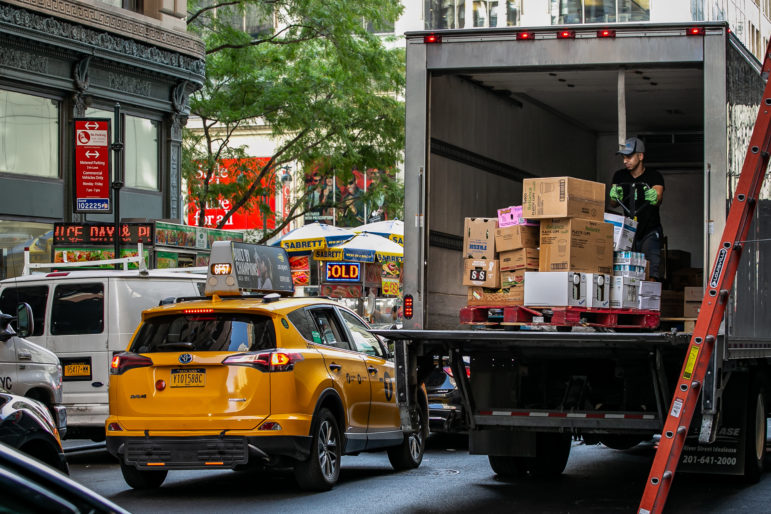
City Limits / Adi Talwar
West 33nd Street near 6th Avenue in Midtown Manhattan.In 2024, New York once again topped the list of the world’s most congested urban areas, surpassing cities like Paris, Mexico City and Chicago. But there’s hope on the horizon. Last month, Gov. Kathy Hochul announced the revival of a landmark congestion pricing program to deliver cleaner air, improved transit, and reduced traffic.
Far beyond reducing the gridlock we all dread, congestion pricing is a vital step toward reshaping our urban spaces to prioritize people and pedestrians and create a more livable city. MAS research on urban arterial corridors reveals that traffic management profoundly affects public health, environmental justice, and quality of life.
New York City’s heavily congested roads, like Boston Road in the Bronx, Northern Boulevard in Queens, and Atlantic Avenue in Brooklyn, disproportionately harm New York City’s most vulnerable populations, with the latter recently being dubbed the latest “Boulevard of Death” for being treacherous for pedestrians and cyclists alike. These corridors have contributed to as much as 60 percent of pedestrian fatalities in some years and expose residents to dangerously polluted air.
The simple fact is that gridlock costs us all. The Partnership for New York City estimates that traffic congestion costs New Yorkers $20 billion a year in lost time and productivity. And as cars sit idling in traffic or moving at a crawl through our streets, they create hotbeds of toxic pollutants, leading to increased rates of asthma in children. Decongesting our busiest areas will not only protect our most vulnerable populations from the worst effects of traffic pollution, but it will actually benefit drivers through speedier commutes and faster taxi, Uber and Lyft trips.
But these benefits are just one piece of how this will revolutionize our city. Congestion pricing is designed to fund $15 billion in improvements to expand and modernize our public transit system, making the city more accessible, equitable and efficient for subway and bus riders. More transit options and faster, more efficient trains mean safer stations, less crowded platforms, and more room on the road for pedestrians and cyclists and new green spaces in the neighborhoods that need them the most.
Cities around the world look to New York to be a leader in green, sustainable planning. Congestion pricing is a crucial step towards creating a greener city and positioning us to thrive as the effects of climate change become more extreme. In 2023 alone, NYPIRG estimated that New Yorkers paid $2.2 billion in climate-related costs—about $300 per household. Not only will congestion pricing help address emissions from the transportation sector—the state’s second most-emitting sector—but will also fund the upgrades that the city’s trains, buses and subways need to withstand extreme rainfall and flooding.
New Yorkers deserve a livable city. We deserve a city with affordable, safe and reliable public transportation, clean, breathable air and roads that work for all who rely on them. Congestion pricing is the kind of policy we need from our leaders that will bring the transformational, future driven changes that the city deserves.
Now is not the time to slow down—it’s time to push forward and continue this momentum.
Stephen Albonesi is an urban planner and designer at the Municipal Art Society of New York (MAS). Prior to MAS, he was an urban planning analyst at Localize.city, where he helped launch the startup’s expansion into New York.


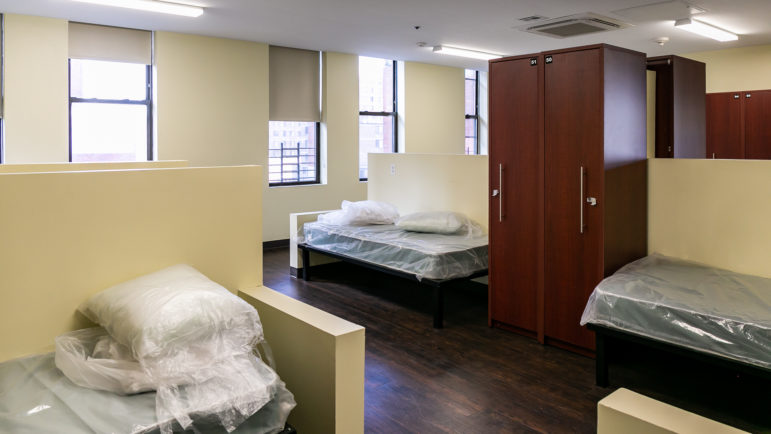
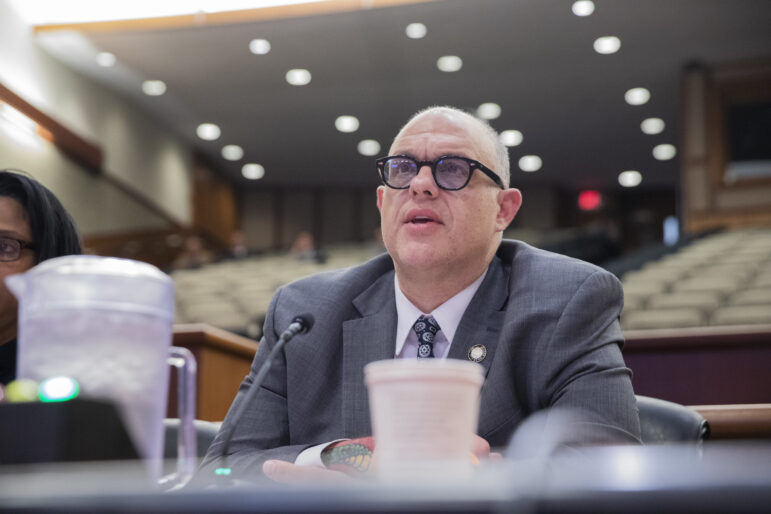
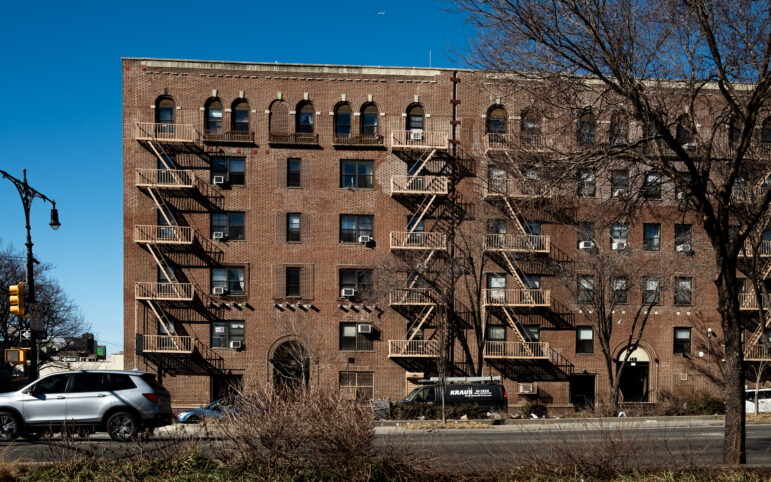
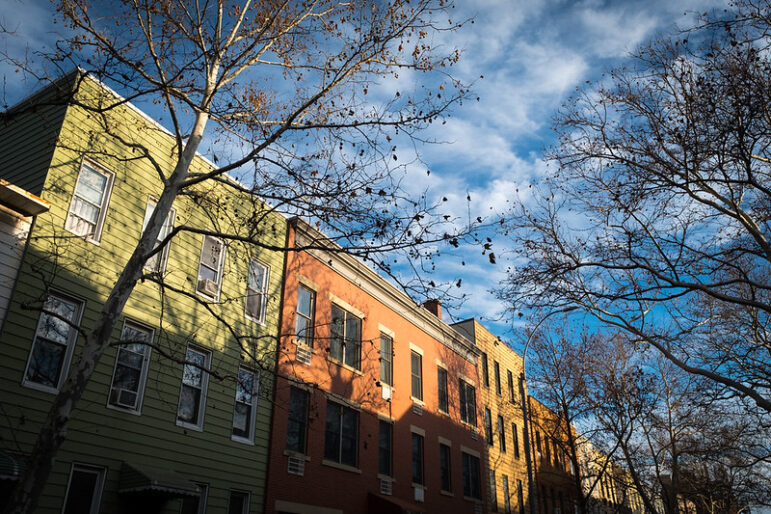
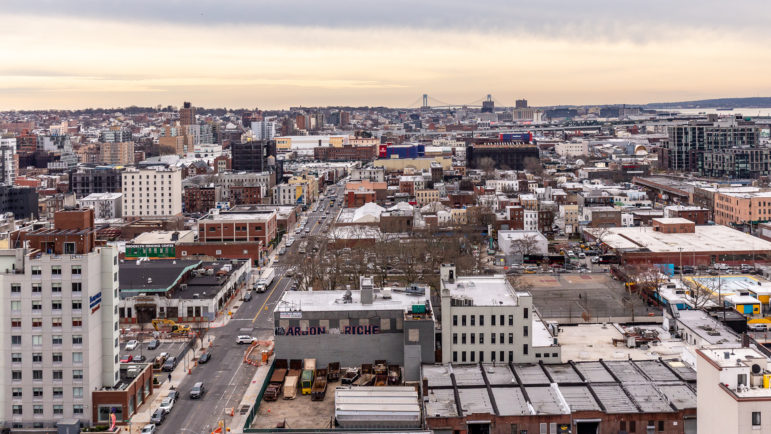


One thought on “Opinion: Congestion Pricing is the Way to a More Livable New York ”
Congestion Pricing is aimed at outer borough cars owners, where 88% of the cars in NYC are registered –
NYC vehicle registrations –
Boro | Vehicles | % of NYC Total
BX | 294,069 | 13.12%
BK | 557,131 | 24.86%
MN | 256,630 | 11.45%
QN | 847,495 | 37.81%
SI | 286,096 | 12.76%
(Outer Boros only | 1,984,791 | 88.55%)
NYC TOT | 2,241,421 | 100.0%
http://u.pc.cd/jf8